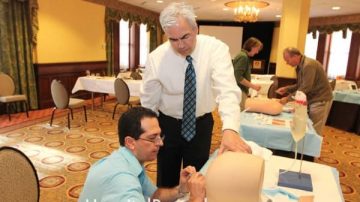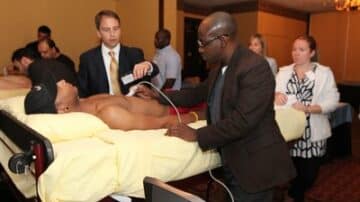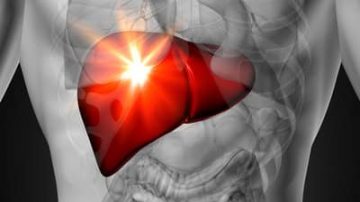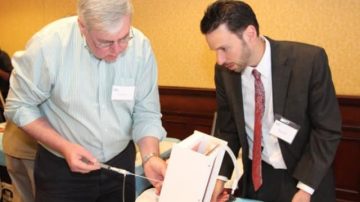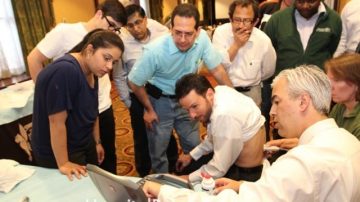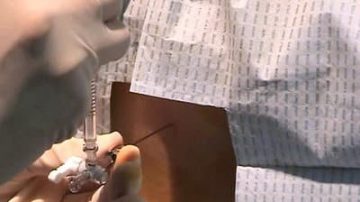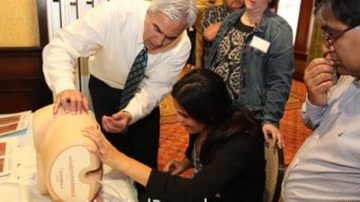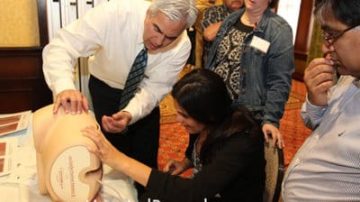More Tags – coagulopathy, epidural hematoma, featured, HPC updates, lumbar puncture, thrombocytopenia
A recent cohort study using the Danish nationwide medical registry demonstrates that the incidence of a spinal or epidural hematoma from lumbar punctures in patients with pre-existing thrombocytopenia (Platelets<150 K) or coagulopathy (INR>1.4 or aPTT>39 seconds) is not significantly higher…
Read More
